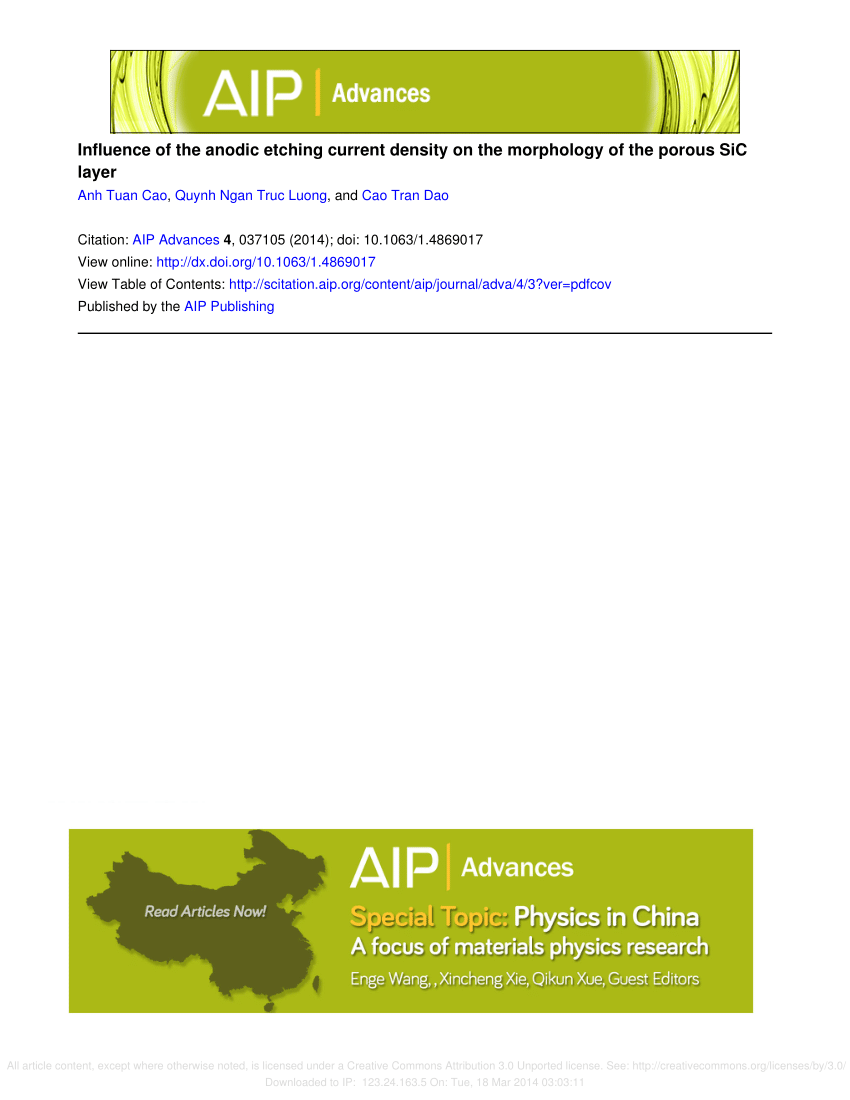使用 W/Au 阳极触点实现 Ga2O3 肖特基和异质结混合整流器的低开启电压
IF 1.4
4区 物理与天体物理
Q4 MATERIALS SCIENCE, MULTIDISCIPLINARY
引用次数: 0
摘要
研究人员利用低功函数(4.5 eV)钨(W)作为整流触点,在 W/Ga2O3 肖特基整流器和 NiO/Ga2O3 异质结整流器中获得低导通电压。这些器件的相对面积和直径比例各不相同,涵盖了从纯肖特基势垒二极管(SBD)到纯异质结二极管(HJD)的各种配置。纯肖特基整流器 W 触点的开启电压为 0.22 V,纯 HJD 为 1.50 V,而镍/金触点的开启电压分别为 0.66 V 和 1.77 V。纯肖特基和异质结整流器的反向恢复时间为 31.2 至 33.5 ns。带 W 触点的 SBD 的开关能量损失是 HJD 的 20%。SBD 的反向击穿电压从 600 V 到 HJD 的 2400 V 不等。这是报告的 600/1200 V 级 Ga2O3 整流器的最低导通电压值,将这些器件的应用范围扩展到了电动汽车充电应用所需的电压。本文章由计算机程序翻译,如有差异,请以英文原文为准。
Achievement of low turn-on voltage in Ga2O3 Schottky and heterojunction hybrid rectifiers using W/Au anode contact
The use of the low work function (4.5 eV) tungsten (W) as a rectifying contact was studied to obtain low on-voltages in W/Ga2O3 Schottky rectifiers and NiO/Ga2O3 heterojunction rectifiers that were simultaneously fabricated on a single wafer. The devices were produced with varying proportions of relative areas and diameters, encompassing a spectrum from pure Schottky Barrier Diode (SBD) to pure Heterojunction Diode (HJD) configurations. The turn-on voltages with W contacts ranged from 0.22 V for pure Schottky rectifiers to 1.50 V for pure HJDs, compared to 0.66 and 1.77 V, respectively, for Ni/Au contacts. The reverse recovery times ranged from 31.2 to 33.5 ns for pure Schottky and heterojunction rectifiers. Switching energy losses for the SBD with W contacts were ∼20% of those for HJDs. The reverse breakdown voltages ranged from 600 V for SBDs to 2400 V for HJDs. These are the lowest reported turn-on voltage values for 600/1200 V-class Ga2O3 rectifiers that extend the range of applications of these devices down to the voltages of interest for electric vehicle charging applications.
求助全文
通过发布文献求助,成功后即可免费获取论文全文。
去求助
来源期刊

AIP Advances
NANOSCIENCE & NANOTECHNOLOGY-MATERIALS SCIENCE, MULTIDISCIPLINARY
CiteScore
2.80
自引率
6.20%
发文量
1233
审稿时长
2-4 weeks
期刊介绍:
AIP Advances is an open access journal publishing in all areas of physical sciences—applied, theoretical, and experimental. All published articles are freely available to read, download, and share. The journal prides itself on the belief that all good science is important and relevant. Our inclusive scope and publication standards make it an essential outlet for scientists in the physical sciences.
AIP Advances is a community-based journal, with a fast production cycle. The quick publication process and open-access model allows us to quickly distribute new scientific concepts. Our Editors, assisted by peer review, determine whether a manuscript is technically correct and original. After publication, the readership evaluates whether a manuscript is timely, relevant, or significant.
 求助内容:
求助内容: 应助结果提醒方式:
应助结果提醒方式:


